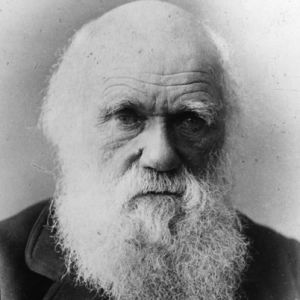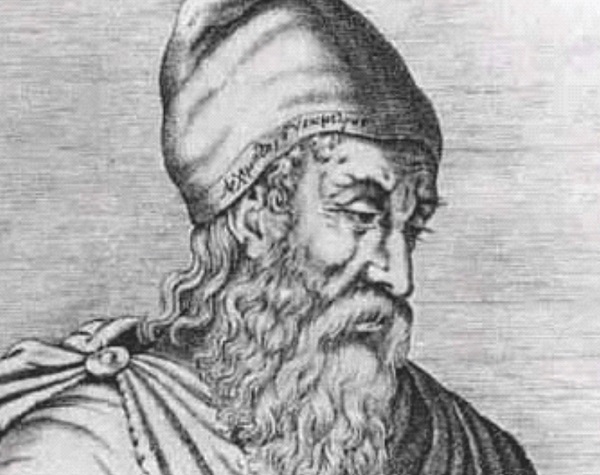THE 10 MOST IMPORTANT SCIENTIFIC THEORIES AND LAWS OF HISTORY
The 10 most important scientific theories and laws. Scientists have lots of tools available when describing the functioning of matter and the universe. Frequently, they resort to laws and theories, that although they do not seem it to the naked eye, they have differences between them.
What is a law and a scientific theory
A scientific theory usually tries to synthesize a body of evidence or observations of a particular phenomenon in a group of organized and synthetic knowledge. It is usually an assessable statement of how nature works. We will not necessarily reduce a theory to a single sentence or equation, but it does represent something fundamental about the functioning of nature.
Both laws and theories depend on basic elements of the scientific method, such as the generation of a hypothesis, the experimental evaluation of the premise, the collection of empirical data and the creation of a conclusion. Other scientists must be able to replicate the results of our experience under similar conditions if it is intended to become the basis of a widely accepted theory or law.
There are theories, which for what they have contributed to humanity and the advancement of scientific knowledge, have become the most important scientific theories and laws in history. Even transposing the scientific environment, to pass to the public domain, to the public in general, to the common people.
In the articles of the next few days, whose links we will find below, we will see 10 laws and scientific theories that everyone should at least know in the most basic, even if we are not scientists ourselves, since they are the basis of everything that we see and we know.
The 10 most important theories and laws in history

- The Big Bang Theory : It is a theory that explains the origin of the universe. According to this theory, the universe was created from an event of massive expansion, 14,000 million years ago.
2 . Hubble's law of cosmic expansion : Explained in a simple way, it is a law that shows that the universe is in continuous expansion and, therefore, every timethere is more distance between the galaxies. According to this law, the speed at which the bodies of the universe move away is also increasing, but their direction does not vary.
3 . Kepler's laws of planetary motion: It was a law enunciated by the astronomer Kepler, the first who realized that the planets were in constant motion around the sun and that the orbits they described were not circular, but elliptical. In addition, the wider the planet's orbit (those closest to the perihelion), the faster its displacement.

4 . Newton's Law of Universal Gravitation: This theory, one of the most important in history, points out that two bodies with mass exert a gravitational pull on each other. Its formula is F = G × [(m1m2) / r²]
5 . Darwin's theory of evolution by natural selection: Darwin contravened the beliefs of the society of the time with these theories, which affirmed that species evolved to move forward in what was called natural selection. He wrote his theories throughout years of study aboard the Beagle ship.
6 . Einstein's Theory of Relativity: The theory of general relativity and the Theory of Spatial Relativity were two theories formulated by Albert Einstein at the beginning of the 20th century. One of the fundamental precepts of these theories is that the consideration of events in time and space depends on the position and movement of the observer.
7 . Las leyes de la termodinámica: Es una ley qye habla de cómo fluye el calor entre los distintos cuerpos. Establece que la energía en forma de calor se transfiere desde el cuerpo con mayor temperatura al cuerpo con menor temperatura y no al revés. Si dos objetos con distintas temperaturas entran en contacto, éstas tenderán a igualarse, el objeto con mayor temperatura cederá parte de su calor al de menos temperatura, con lo cual éstas se igualan.

8 . The principle of buoyancy of Archimedes: This law states that a body submerged in a liquid undergoes a force from bottom to top equal to the weight of the liquid displaced.
9 . The uncertainty principle of Heisenberg: The uncertainty principle broke with the postulates of the physical physics, that affirms that the notions of position or movement of an object or particle can be mediable by different systems t, therefore, make measurements exact However, this principle establishes a limit in terms of these measurement possibilities. That is, at a certain limit, there is uncertainty about the position and the measurements of a certain object, and we can only speak of an approximation.
In addition, the instruments for measuring the position of certain objects are capable of modifying the original position of said object.
10 . Newton's laws of motion:
- Every body perseveres in its state of rest or uniform and rectilinear movement unless it is forced to change its state by forces printed on it.
- The change of movement is proportional to the printed driving force and occurs according to the straight line along which that force is printed.
- With all action always occurs an equal and opposite reaction: it means that the mutual actions of two bodies are always the same and directed in the opposite direction.
If you want to know more about one of the great physicists and thinkers in history, take a look at this documentary about Albert Einstein.
If you want to know more about one of the great physicists and thinkers in history, take a look at this documentary about Albert Einstein.
https://espaciociencia.com/las-10-teorias-y-leyes-cientificas-mas-importantes/
https://espaciociencia.com/mte5ndg0mdu0otm4nje3mzu5/
https://espaciociencia.com/newton/
https://espaciociencia.com/arquimedes/
Upvoted on behalf of @thehumanbot and it's allies. Write less but write great original content, which is the key to success in Steemit. If you are using any image or video, cite proper source. Even if its your own image or video, it's worth mention the same. Also be careful to avoid duplicate posting.
Great Original Works are rewarded by top Curators, refer posts from my Step-Brother @humanbot for more details.If you like this initiative, you can follow me in SteemAuto and upvote the posts, that I upvote.
And remember to do some charity when you are rich by contributing to me. Check out my Introduction Post for more details. If you have any concerns or feedback with my way of operation, raise it with @sanmi , my operator who is freaking in Steemit chat most of the time.